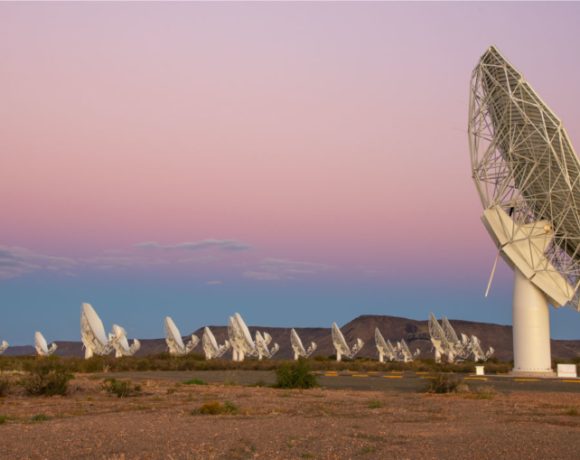NASA seeks applicants for a simulated one-year Mars mission

CHAPEA crew will work in Mars Dune Alpha
NASA has opened applications for individuals eager to participate in its upcoming simulated one-year Mars surface mission.
The second instalment of the Crew Health and Performance Exploration Analog (CHAPEA) is slated to commence in spring 2025, marking a crucial step in informing the agency of its plans for the eventual human exploration of the Red Planet.
The CHAPEA missions involve a four-person volunteer crew who will reside and work within the confines of a 1,700-square-foot, 3D-printed habitat known as the Mars Dune Alpha.
Mars scenario
Located at NASA’s Johnson Space Center in Houston, this habitat is designed to replicate the challenges astronauts would face on Mars, including resource constraints, equipment malfunctions, communication lags, and various environmental stressors.
Crew responsibilities encompass simulated spacewalks, robotic operations, habitat maintenance, exercise routines, and crop cultivation.
NASA seeks a healthy, motivated US to qualify for this extraordinary opportunity. Citizens or permanent residents aged between 30 and 55 who are non-smokers and proficient in English to facilitate effective communication among crew members and with mission control.
Prospective candidates should harbour a strong desire for unique and rewarding adventures while demonstrating an interest in contributing to NASA’s preparations for the inaugural human journey to Mars.
The application deadline is set for April 2, 2024.
The selection process for the crew will adhere to NASA’s standard criteria for astronaut candidates, requiring a master’s degree in a STEM field, such as engineering, mathematics, or biological, physical, or computer science.
Additionally, candidates must possess at least two years of professional STEM experience or at least one thousand hours of aircraft piloting.
Consideration will also be given to individuals who have completed two years of work toward a doctoral program in STEM, finished a medical degree, or a test pilot program.
Compensation provided
Compensation will be provided for those selected to participate in the mission, with further details to be disclosed during the candidate screening process.
As NASA strives to establish a prolonged presence for scientific exploration on the Moon through the Artemis campaign, CHAPEA missions play a pivotal role in gathering crucial scientific data.
This information will validate systems and formulate solutions for upcoming missions to Mars.
Building on the success of the first CHAPEA crew, currently more than halfway through their yearlong mission, NASA aims to leverage the insights gained from these simulated missions to enhance crew health and performance support during actual Mars expeditions.
Under the overarching Artemis campaign, NASA plans to lay the groundwork for extended scientific exploration on the Moon and achieve historical milestones such as landing the first woman, the first person of colour, and the first international partner astronaut on the lunar surface.
Simultaneously, the agency is gearing up for future human expeditions to Mars for the benefit of all humanity.
Featured image: The CHAPEA mission one crew from L-R): Nathan Jones, Ross Brockwell, Kelly Haston, Anca Selariu) exit a prototype of a pressurised rover and make their way to the CHAPEA facility ahead of their entry into the habitat on June 25, 2023. Image: NASA/Josh Valcarcel
Last Updated on 12 months by Arnold Pinto













